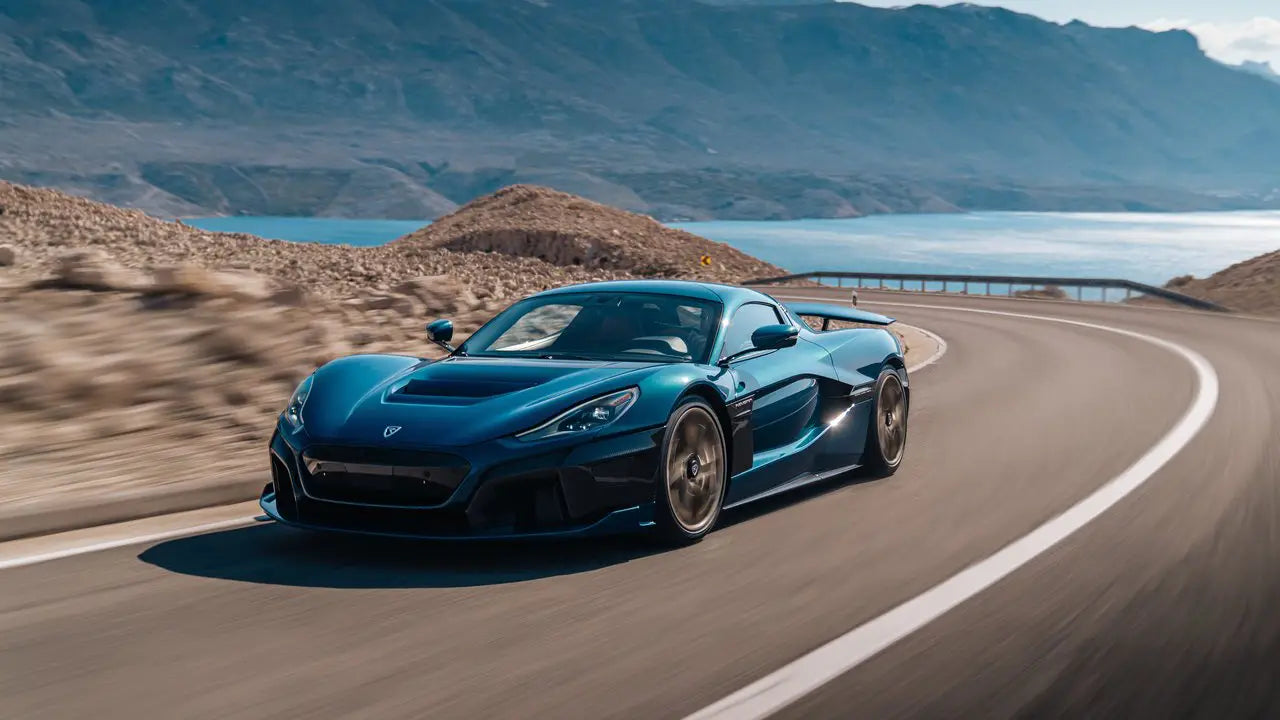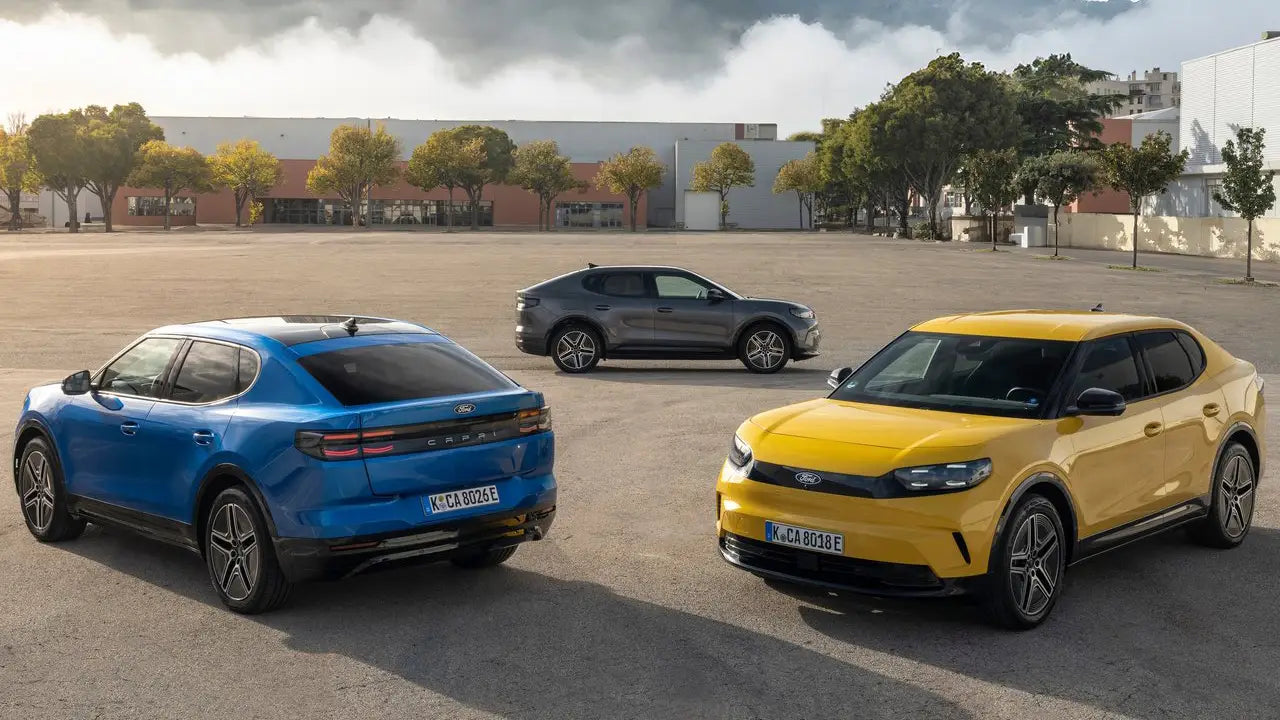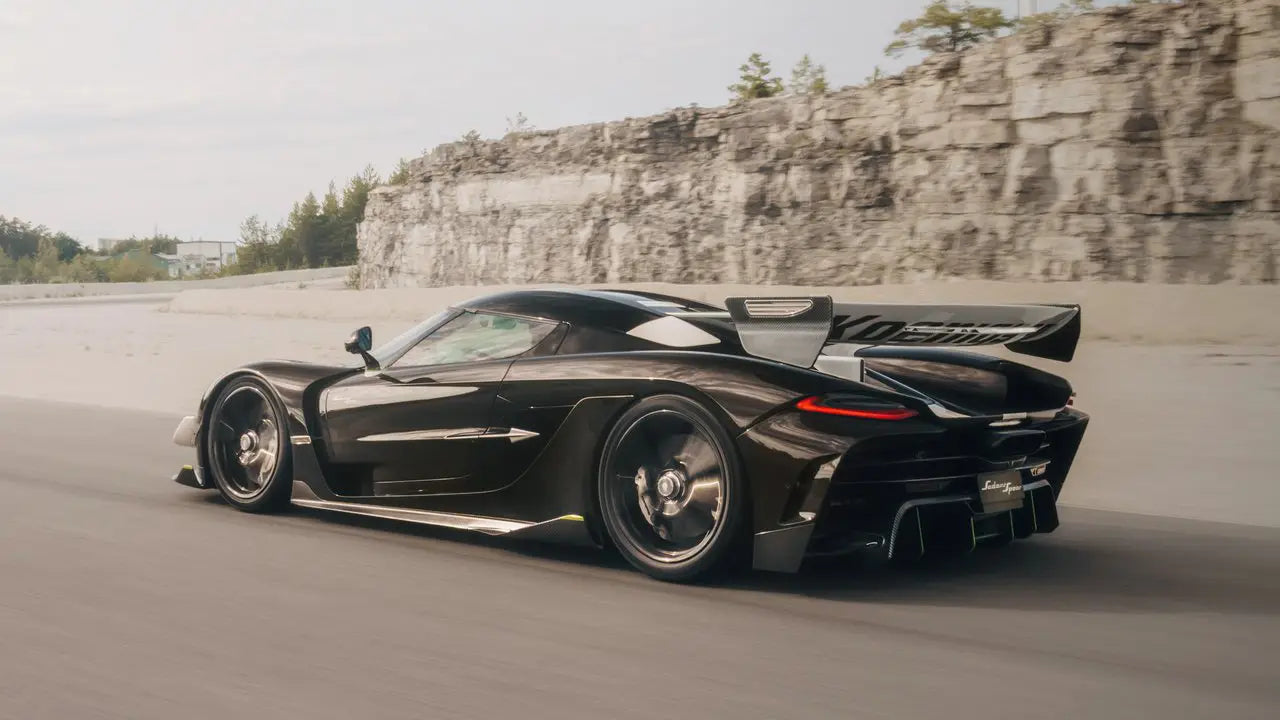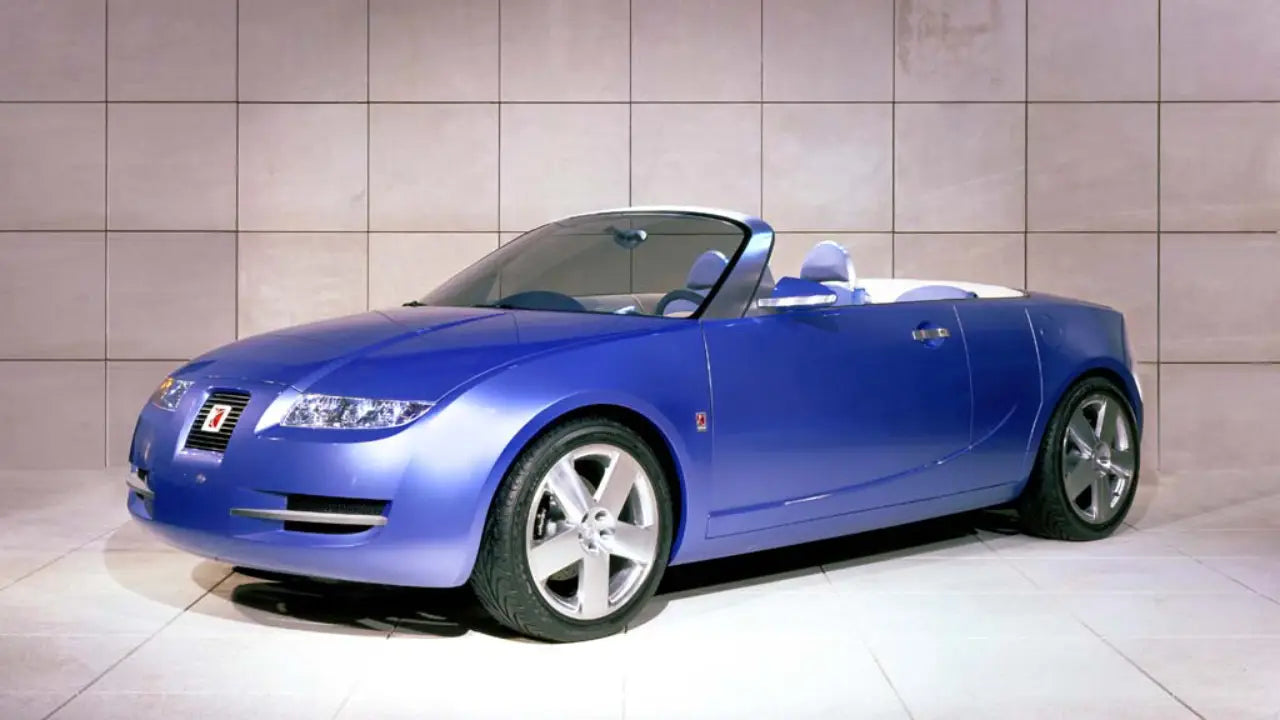In the history of cars, only a few production vehicles have gone beyond what was expected, going very fast and being allowed on public roads. The engineering, design, and audacity of these hypercars are at their highest levels. Let's look at the 9 fastest cars that can actually hit the road!
SSC Tuatara: 295 MPH
On January 17, 2021, SSC North America stunned the world when the Tuatara averaged 295 mph over a 2.3-mile stretch at Kennedy Space Center. Powered by a 1,750 horsepower twin-turbo V8 (on E85) and sculpted with a drag coefficient of just 0.279, it’s a bullet you can drive evenly down the freeway and the fastest production car verified to date.

Koenigsegg Agera RS: 282.2 MPH
In November 2017, the Koenigsegg Agera RS roared through Nevada, hitting a blistering 284.2 mph with an average of 277.9 mph. Thanks to its lightweight design, twin-turbo 5.0L V8, and a mere 25-unit production run, it’s a legend on both the road and digital garage shelf.

Bugatti Chiron Super Sport 300+: 273.4 MPH
In August 2019, Bugatti driver Andy Wallace achieved a staggering 304.8 mph in a prototype Chiron SS 300+ on the Ehra‑Lessien test track, validated by TÜV. The production version, however, is electronically limited to 273.4 mph to maintain a practical balance of performance and reliability. This model remains the first production‑based vehicle to surpass 300 mph, albeit in limited, track‑oriented form.

Hennessey Venom GT: 270.5 MPH
In February 2014, the Venom GT reached 270.49 mph at Kennedy Space Center in a one‑direction run, powered by a 1,451‑hp twin‑turbo V8. Notably, it retains a manual transmission configuration, and despite fewer than 30 units produced—thus precluding it from official Guinness records—it remains a testament to visceral performance.

Bugatti Veyron 16.4 Super Sport: 269.8 MPH
In July 2010, Bugatti unveiled its most audacious creation to date: the Veyron 16.4 Super Sport. This limited-run masterpiece—merely 30 units—was engineered to push the boundaries of production-car performance. At its heart lies an 8.0 L quad-turbocharged W16, a marvel of engine design initially introduced in the original Veyron by achieving 269.8 mph in production form.

Rimac Nevera: 256 MPH
According to European sources, the all-electric Rimac Nevera redefined expectations by surging to 256 mph. With nearly 1,900 horsepower distributed through four independent motors, it matches and reinterprets hypercar performance, confirming that electric propulsion can challenge, and sometimes surpass, its internal combustion counterparts.

Czinger 21C: 253 MPH
The Czinger 21C is a groundbreaking hybrid hypercar distinguished by its pioneering use of 3D-printed structural components and generative design. It produces up to 1,250 hp from a 2.88 L twin-turbo V8 combined with electric motors. Limited to just 80 road-legal units, it boasts a top speed of 253 mph and remarkable performance credentials such as sub-1.9s 0–60 mph and record-setting lap times at Laguna Seca.

McLaren Speedtail: 250 MPH
The McLaren Speedtail, the marque’s fastest road car, delivers a harmonious blend of speed, luxury, and aerodynamic refinement. It has a hybrid powertrain, comprising a twin-turbo 4.0L V8 and an electric motor with 1,036 horsepower and 250 mph. With a distinctive three-seat layout and ultra-efficient carbon-fiber construction, the Speedtail sets itself apart as a “Hyper-GT” that retains McLaren’s signature driving dynamics.

Koenigsegg Regera: 250 MPH
The Koenigsegg Regera represents a bold departure from conventional hypercar engineering with its innovative Direct Drive hybrid system, pairing a potent twin-turbo V8 and three electric motors, yielding around 1,479 bhp. This architecture enables the Regera to hit a top speed of 250 mph and to capture the 0–400–0 km/h benchmark in just 28.81 s, surpassing earlier records set by the electric Rimac Nevera.












